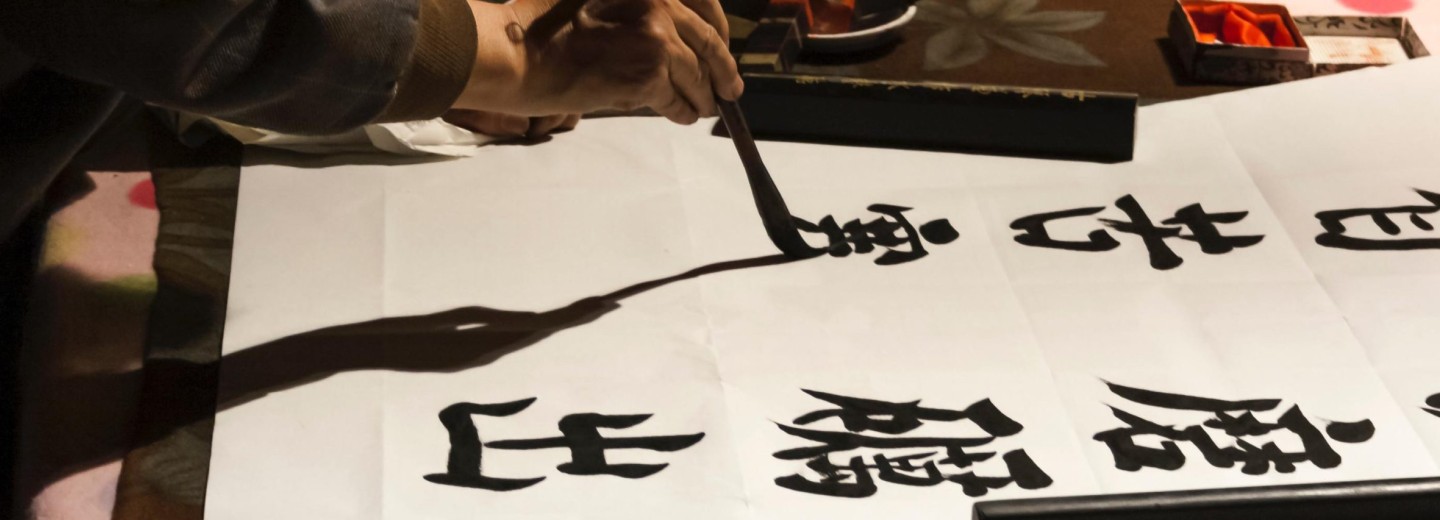China news 10th August 2021
We feature history this week. For westerners, understanding the complexities of Chinese characters is a struggle. Chinese children too, spend hours learning them. In Asia, Chinese characters have also been used for centuries. These are made even more complex by local variations. This article gives a brief history of the Vietnamese adaptations.
Vietnam is the only member of the Chinese character cultural circle in Southeast Asia. Like Korea and Japan, Chinese characters have been used as a written language for centuries.
During the Qin Dynasty (221-206 BCE), northern Vietnam was incorporated into the territory of China, and Chinese characters were introduced. By the end of the Tang Dynasty (618-907 CE), although northern Vietnam became independent of China, traditional Chinese characters were still the common script of Vietnamese officials signing decrees and taking examinations.
After World War II, under the influence of nationalism, members of the Chinese character culture circle worked towards abolishing Chinese characters and adopting local characters.
Vietnam also announced the abolition of Chinese characters, but instead of using locally produced characters, Vietnamese characters based on the Latin alphabet were used as universal writing scripts.
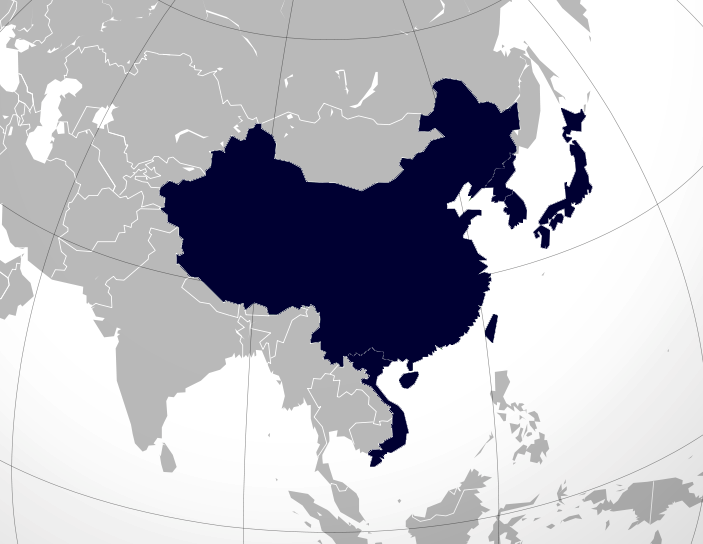
Chinese character culture circle
Vietnamese language
Why did Vietnam abolish the traditional Chinese characters that had been used for more than 2,000 years and use the Latin alphabet-based national language instead?
Chinese is a Sino-Tibetan language family, while Vietnamese belongs to the South Asian language family. Classical Chinese text is relatively simple writing and very different from spoken Chinese. This makes it different from spoken Vietnamese, and difficult to express in Vietnamese. The awkward inconsistency between traditional Chinese characters and spoken Vietnamese means Chinese classics have to be translated before Vietnamese can understand them.
During the Tang Dynasty, with the promotion of the imperial examination system in Vietnam, some Vietnamese intellectuals, educated in the Han culture, began to try to use Chinese characters as the basis to create local characters that could match the spoken Vietnamese language. Thus Chữ Nôm (southern characters) came into being. The method is similar to that of Chinese characters, but it is more complicated. Chữ Nôm are based on Chinese characters. To understand Chữ Nôm, you must first understand Chinese characters. Chinese characters are difficult to learn. Thus, Chữ Nôm are even more difficult to learn
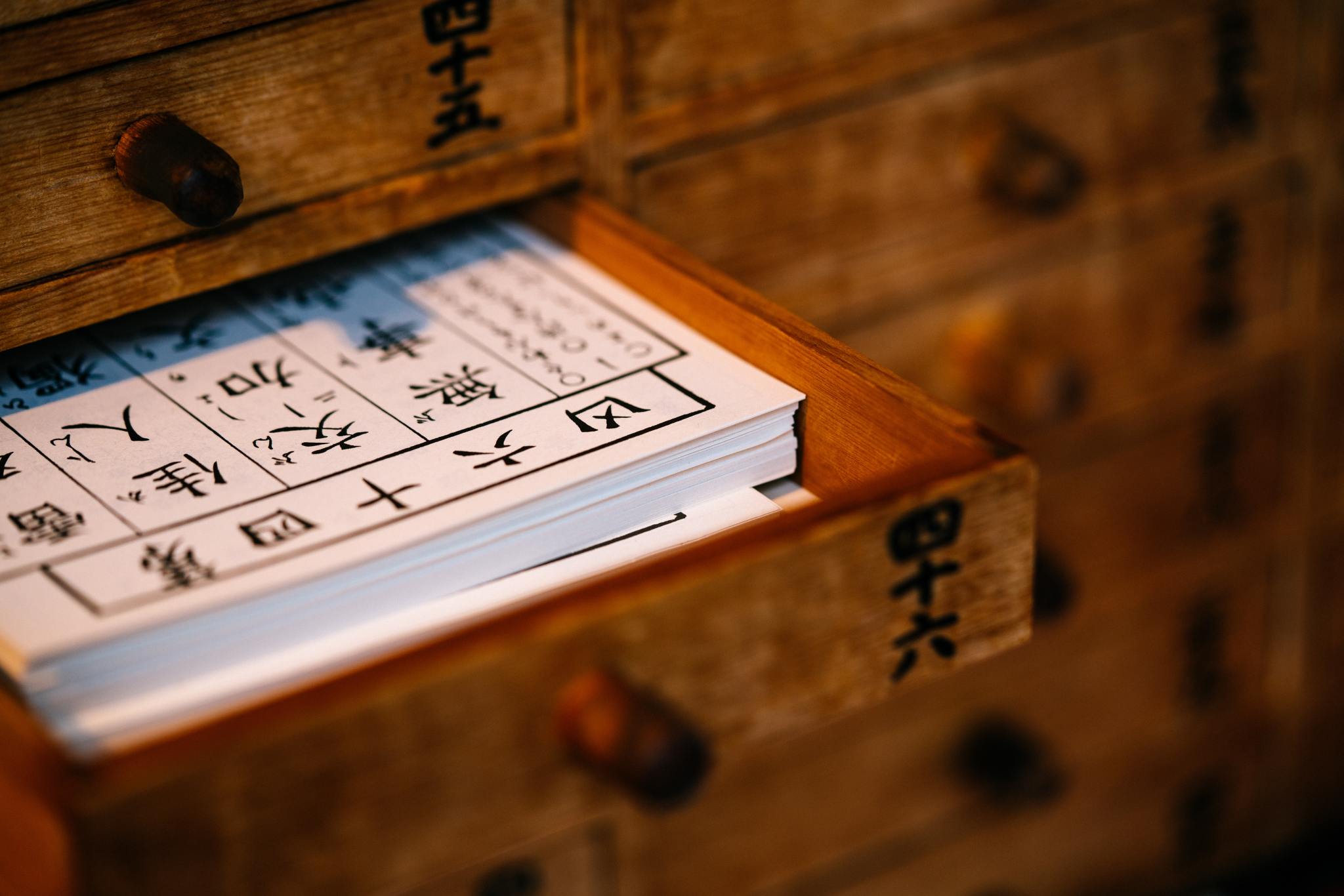
By the end of the Tang Dynasty, Chinese control over Vietnam weakened. Vietnam took the chance to achieve independence. After independence, Vietnam continued to adopt the political system of the Chinese and the system of imperial examinations. Traditional Chinese characters, known as “Confucian characters “, in Vietnam, were still the official written script.
Creation of Vietnamese Mandarin Characters and the decline of Traditional Chinese Characters
Western colonists arrived in Southeast Asia. In 1527, Portuguese Catholic missionaries came to Vietnam. Because Chinese characters and Chữ Nôm were so difficult to learn, the missionaries designed written scripts to record spoken Vietnamese using the Roman script familiar to Europeans. In order to standardise the different spellings of missionaries from various countries, Alexander, a French missionary, compiled a Vietnamese – Portuguese Dictionary in 1651. This dictionary standardized and unified the Latin characters of Vietnam.
As a kind of phonogram character, Vietnamese Mandarin characters are simpler and easier to learn than Chinese characters and Chữ Nôm.
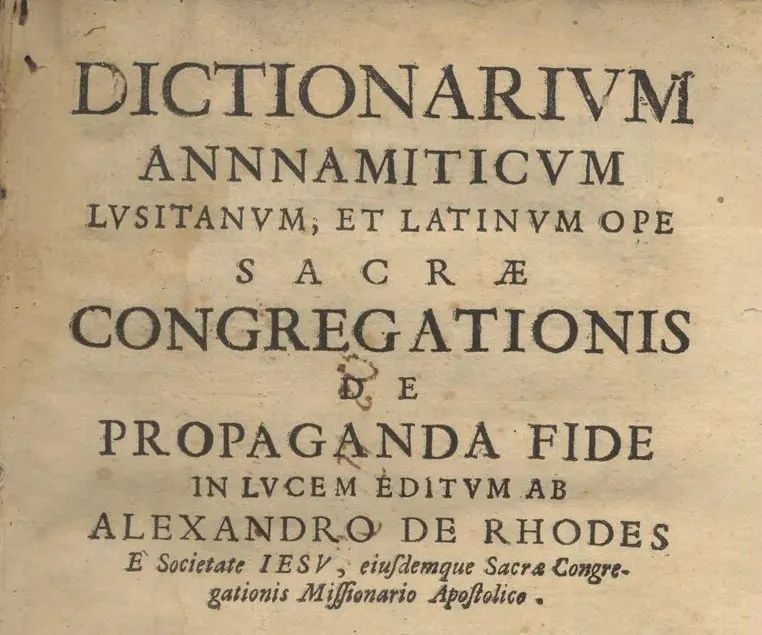
Title page of the Vietnamese – Portuguese Dictionary
In the mid-to-late 19th century, with the expansion of French colonization, the decline of China and the promotion of Vietnamese nationalists, using Vietnamese Mandarin characters became an opportunity for popularization and expansion. In 1862, after France occupied the southern part of Vietnam, it cut off the historical and cultural links between China and Vietnam, to get rid of China’s influence, and strengthen colonial rule.
The French colonists founded schools in the areas under their control. They abolished Chinese characters, replacing them with French. France also required officials to learn French. If they could not speak French, they could not be upgraded.
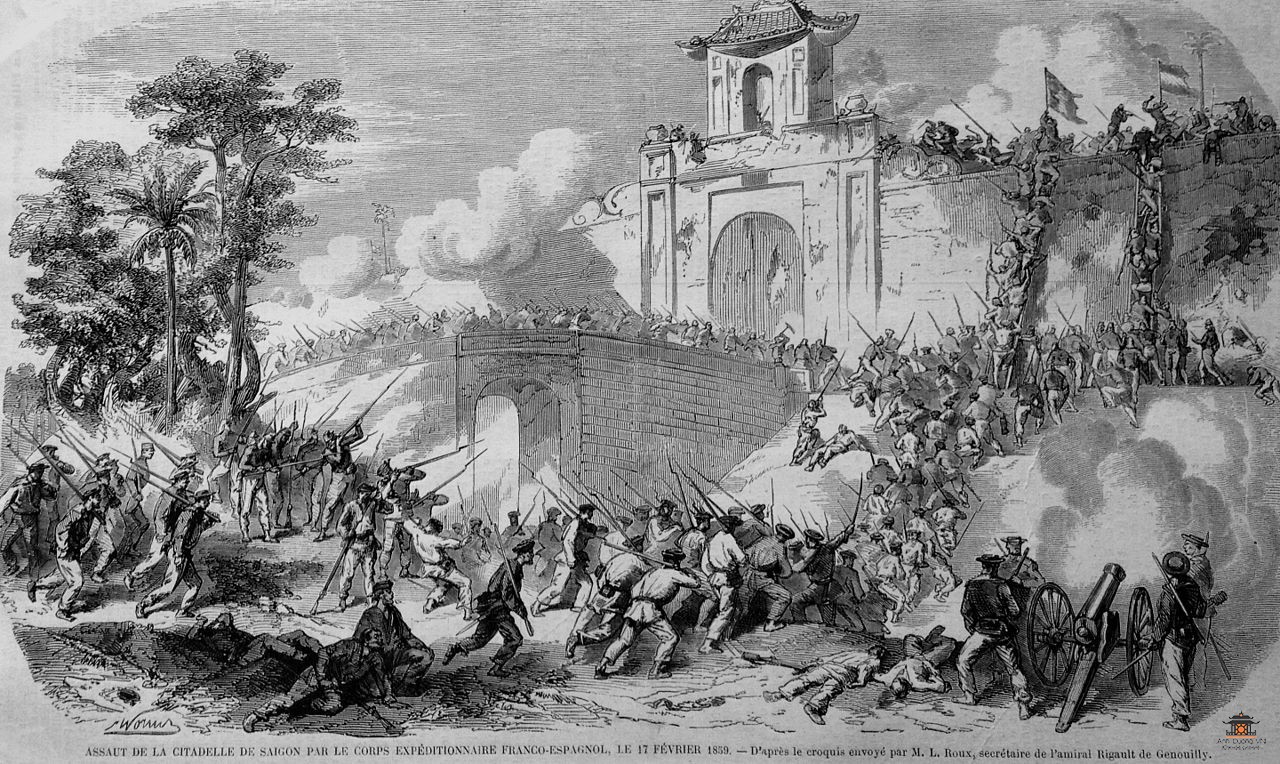
In 1859, the French army besieged Saigon, Vietnam
In the face of resistance from the Vietnamese people, the French colonists began to change their methods and promote Vietnamese characters. In 1865, France founded the first Vietnamese language newspaper in Vietnam. France also adopted parallel use of Vietnamese characters and traditional Chinese characters.
At the beginning of the 20th century, Vietnamese nationalist groups believed that Western thought and scientific knowledge must be imparted. To impart knowledge, it was necessary to use simple and easy-to-learn Vietnamese Mandarin characters. They adopted simple and easy-to-learn Latin characters and abolished the use of traditional Chinese characters after nearly 2,000 years.
Of course, Vietnam only abolished traditional Chinese characters. But it has retained many folk customs passed down from China. Vietnam’s abolition of Chinese characters and the adoption of Vietnamese national characters have achieved their purpose and improved literacy. However, traditional Chinese characters are the carrier of Vietnamese history and culture. Many classic texts in Vietnam are written in Chinese characters. Vietnam changed its script and thus its history and culture.
Vietnam’s abolition of Chinese characters has led to young people’s inability to understand ancient documents. They cannot understand many Chinese characters retained in historical buildings and gain an in-depth understanding of their own history and culture. To this end, in recent years, Vietnamese folk and some influential experts and scholars have suggested that the teaching of traditional Chinese characters in primary and secondary schools should be restored.
But the intention of these appeals is only to understand the history of Vietnam by understanding Chinese characters. Driven by the large-scale popularization of Mandarin characters and Vietnamese national sentiments, the restoration of Chinese characters is unlikely to form a large-scale movement throughout the country.
Source: ifeng.com.
This story of secret papers, hidden from the sight of enemies for years and then discovered rivals the best fictional novels. But it is all true.
The flour shop mystery
In the summer of 1943, a small note was appeared:
This note was not handed over to important people, but to an inconspicuous flour shop in Shanghai. Shanghai in the 1930s was a dangerous place – Kuomintang agents, traitors to the Communist Party of China, patrols in the foreign concessions, and detectives from the underworld, were everywhere.
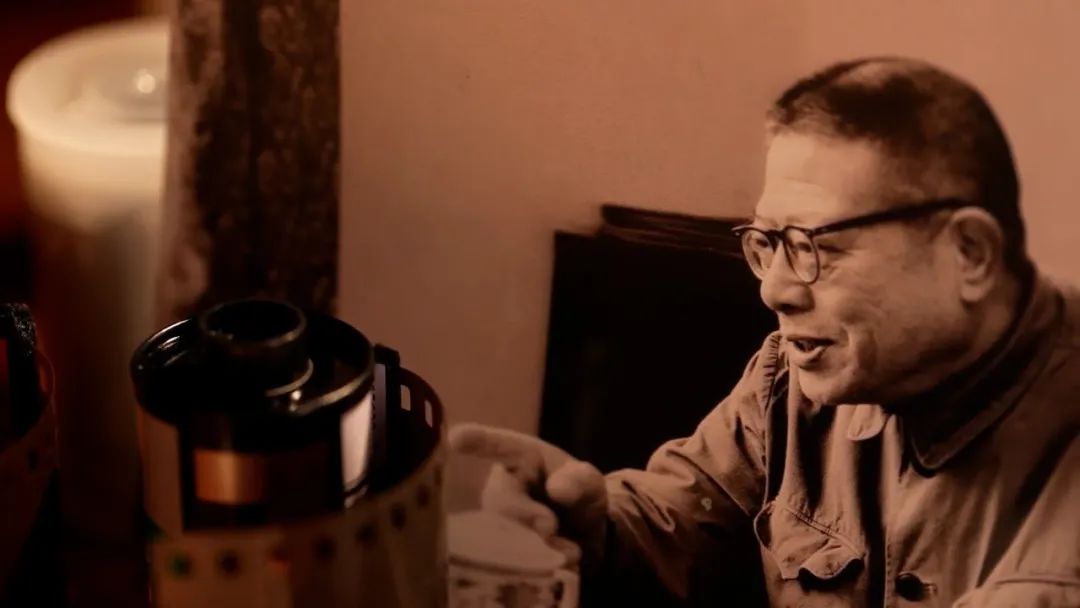
Chen Laisheng
The note finally reached Chen Laisheng, the owner of Xiangrong Noodle Shop. On the surface, he ran a flour and baking business, but his real identity is as the guardian of the secret central library of the Communist Party.
Chen Laisheng’s first problem was to find the documents. The central library, a “national treasure”, was hidden in the sandwich wall of the attic. The files were disorganised due to repackaging and transfers. More than 100 packages of files were hidden in the mezzanine wall.
A few days later, all the files were found. However, the central part of this batch of documents was very urgently needed. To make copies, it could only be copied by hand at that time. Chen Laisheng could not copy them all in a short time.
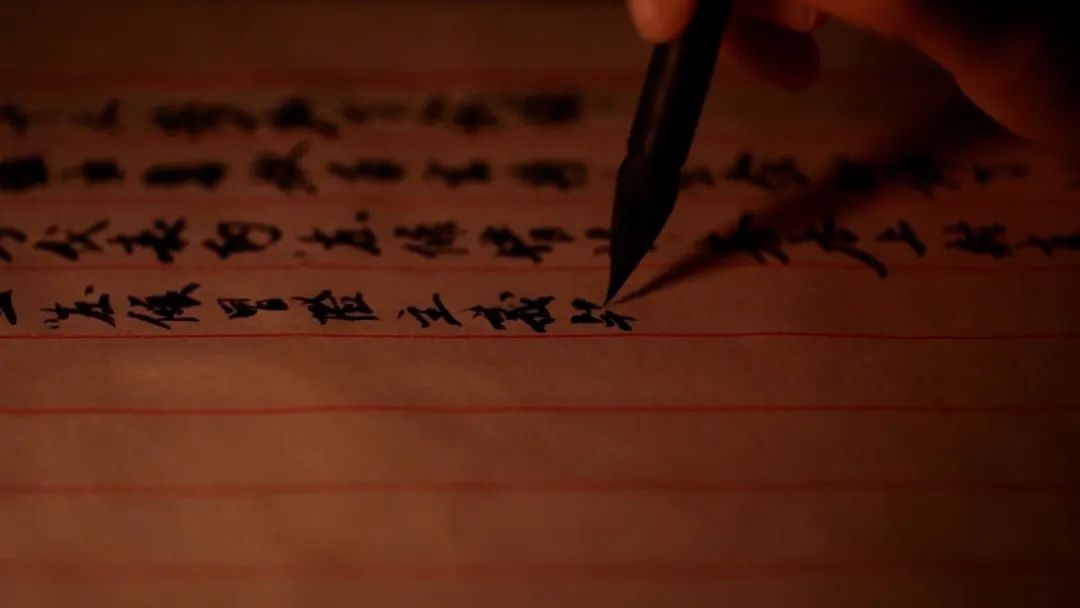
With the approval of his superiors, he found six trustworthy party members and comrades. Chen Laisheng told them that they must copy the documents under secret conditions and must not be seen by any other person. Zhu Guoming, a research librarian of the Shanghai Archives, said:
More than a week later, when Chen Laisheng handed over copies of dozens of documents to his superiors, he was told that the copies were too large to pass the inspections of Japanese gendarmerie and Kuomintang agents, so it was impossible to send them to the right people.
After the start of the Pacific War, Japan imposed full martial law in the occupied territories. It was difficult to ensure the security of these important documents. The documents were handed over to Liu Shoushou. Liu Shou took more than sixty photographs. He rolled up the negatives and covered them with tin foil and moisture-proof paper. Then he bought a large battery and pulled out the inside of the battery. The film, wrapped tin foil, was stuffed into the battery and sealed.
This special battery was finally handed over to He Yu, an officer of the Central China Intelligence Department, who transported it to Huainan Anti-Japanese Base in Anhui Province. Huainan identified and sorted out the text on the film using the light of the sun, and then sent the documents to the Central Committee of the Communist Party.
According to the ‘Resolution on Certain Historical Issues’ written in these documents, and unanimously adopted by the seventh plenary session of the six Central Committees later, the conference corrected mistakes and determined its revolutionary tactics.
Chen Yiqin, former deputy director of the Party History Research Office of the Shanghai Municipal Party Committee of the Communist Party of China, said:
Source: ifeng.com.
Worked on the article:

Wanlikhang


